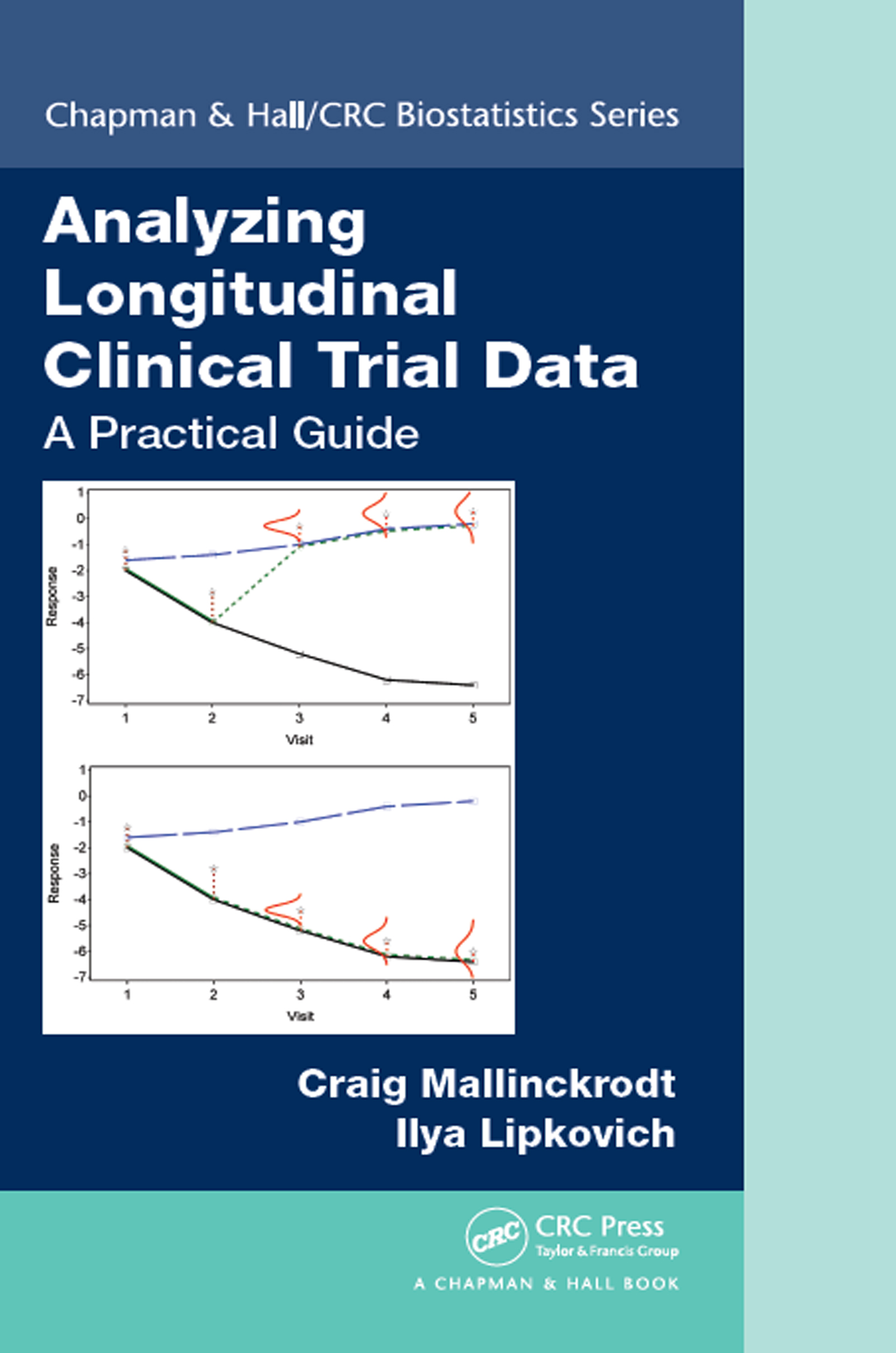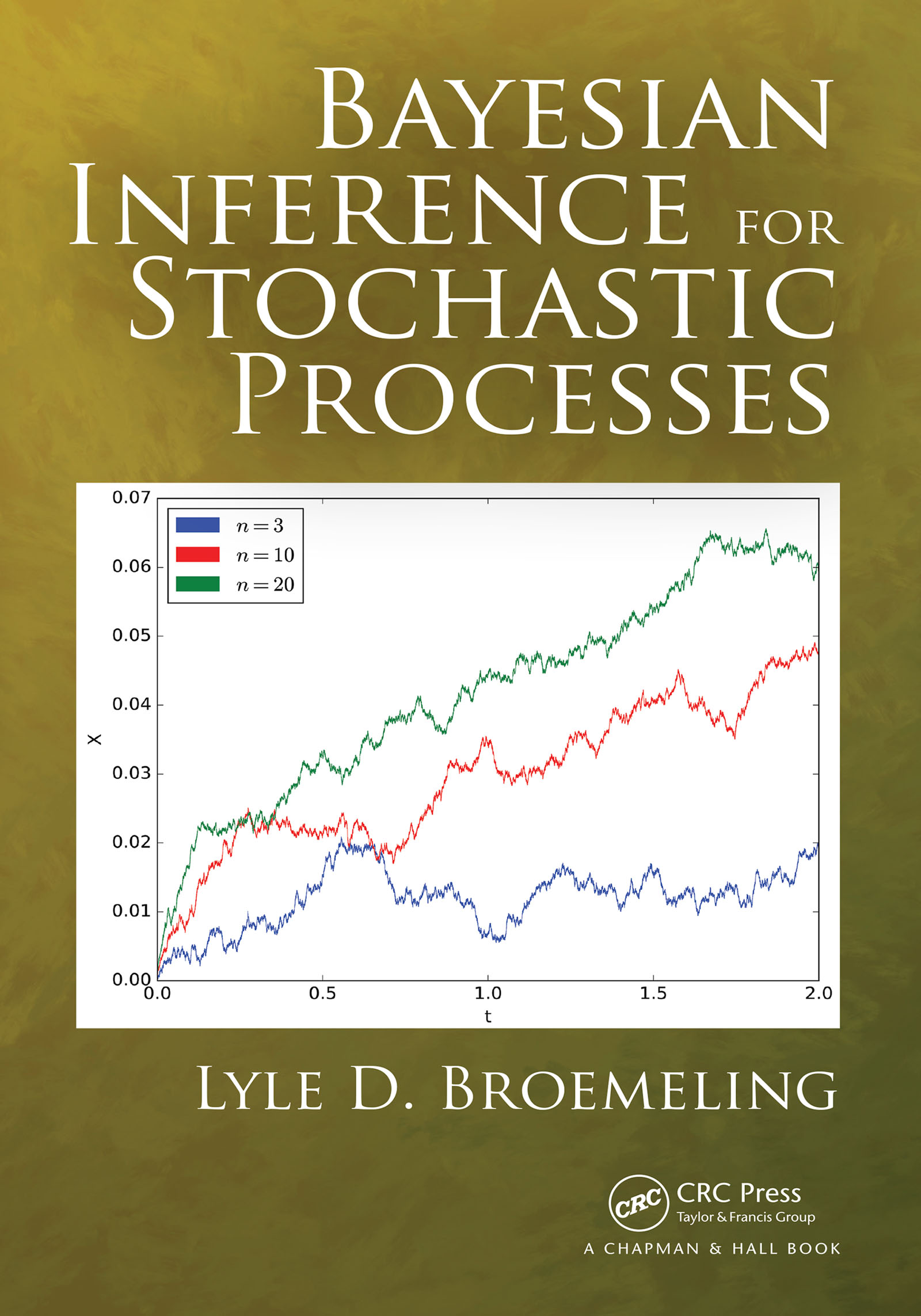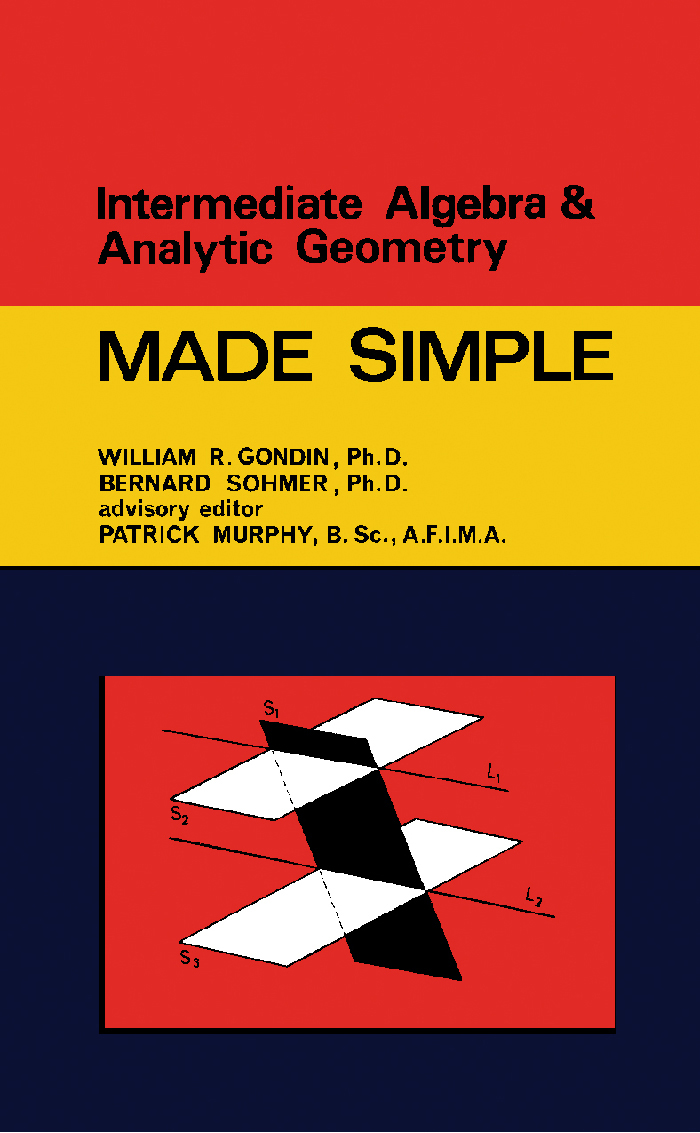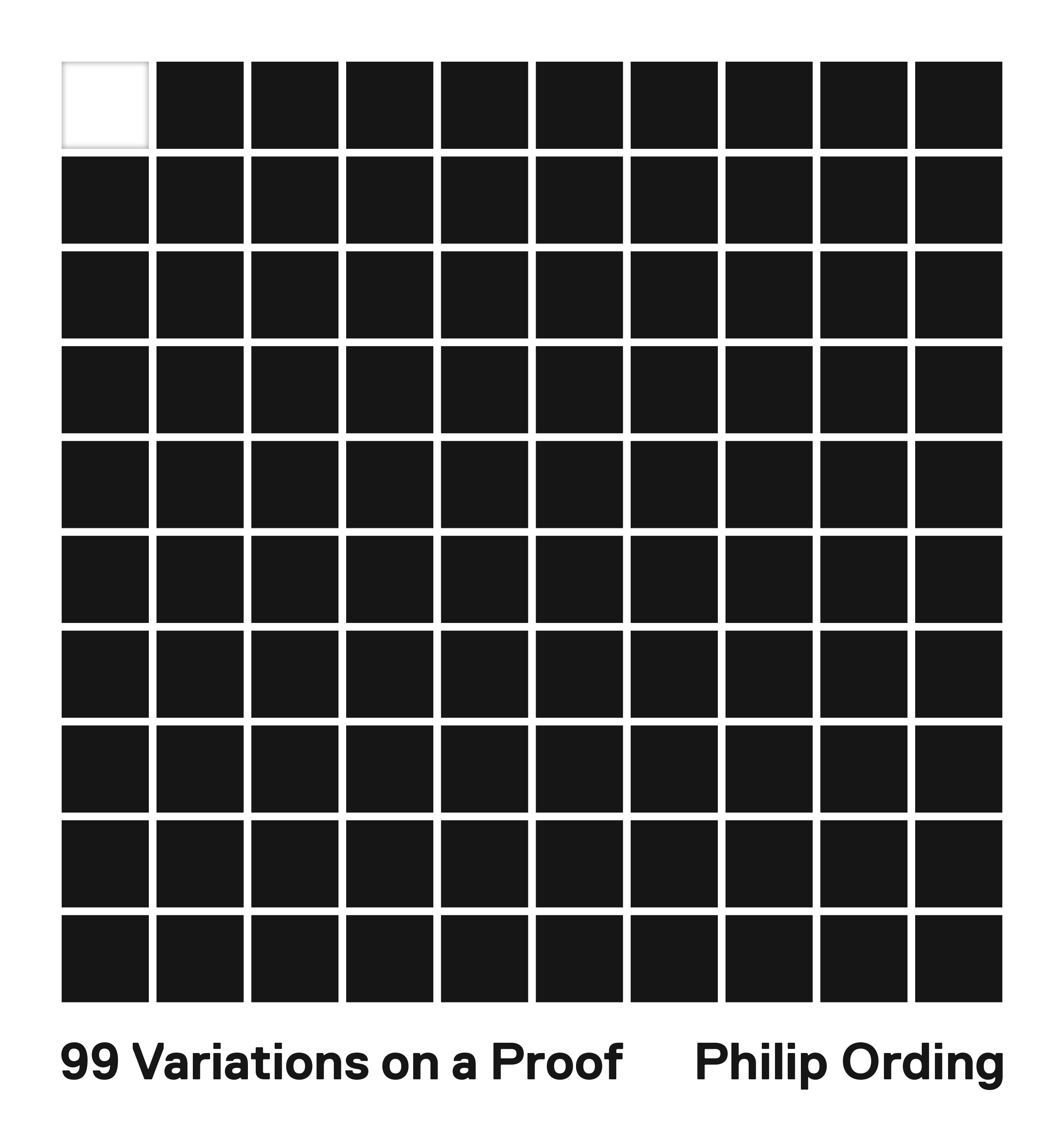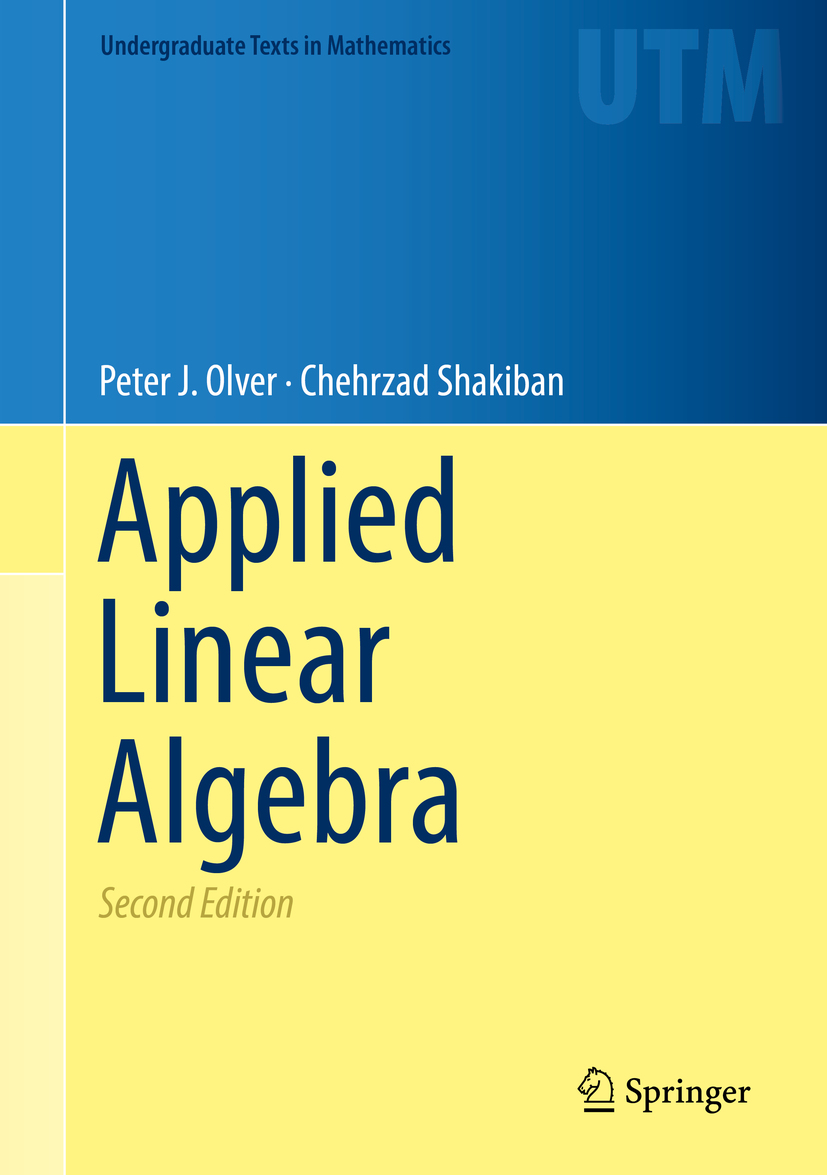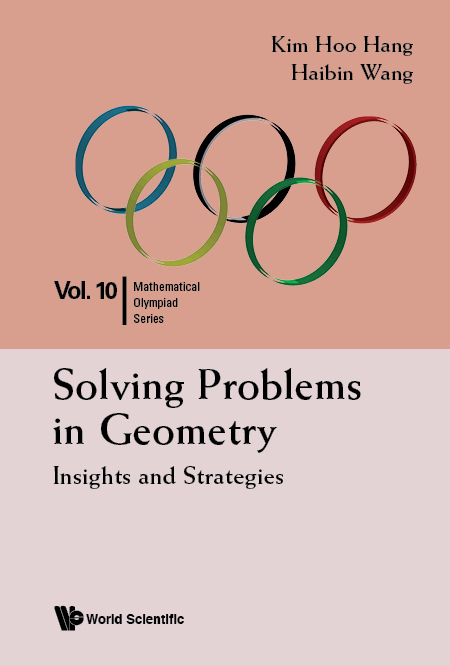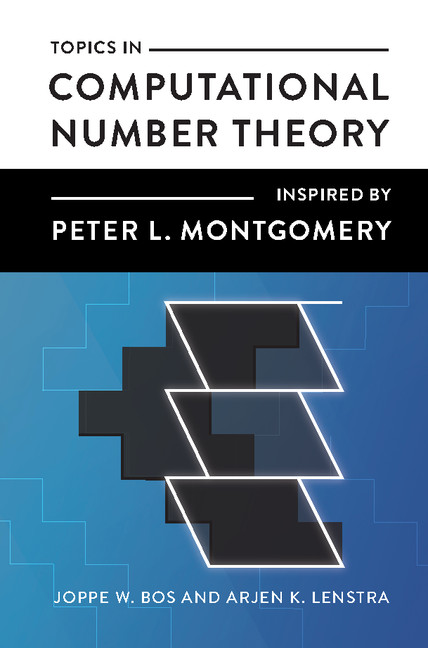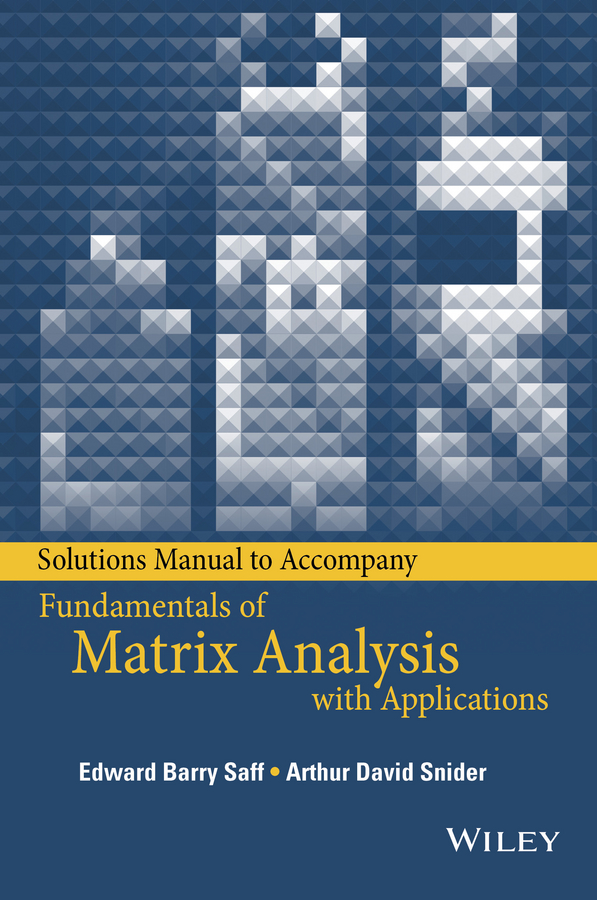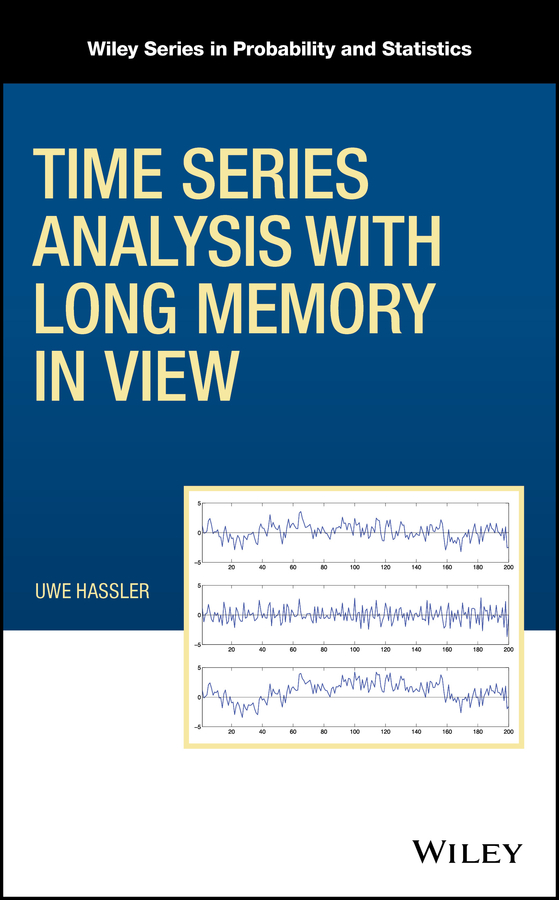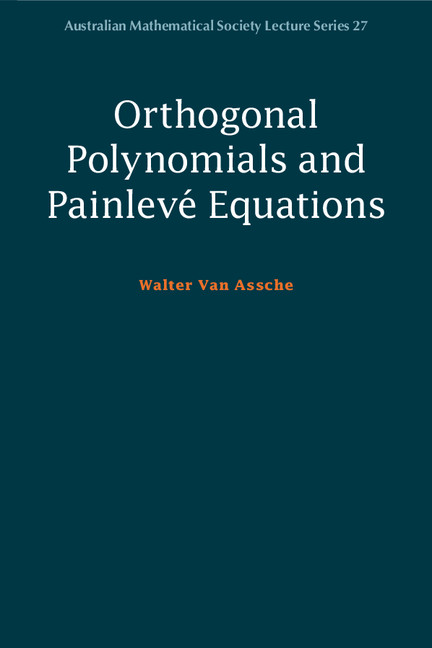Inhomogeneous Random Evolutions and Their Applications
by Anatoliy Swishchuk
2020-04-20 07:40:34
Inhomogeneous Random Evolutions and Their Applications
by Anatoliy Swishchuk
2020-04-20 07:40:34
Inhomogeneous Random Evolutions and Their Applications explains how to model various dynamical systems in finance and insurance with non-homogeneous in time characteristics. It includes modeling for: financial underlying and derivatives via Levy proc...
Read more
Inhomogeneous Random Evolutions and Their Applications explains how to model various dynamical systems in finance and insurance with non-homogeneous in time characteristics. It includes modeling for: financial underlying and derivatives via Levy processes with time-dependent characteristics; limit order books in the algorithmic and HFT with counting price changes processes having time-dependent intensities; risk processes which count number of claims with time-dependent conditional intensities; multi-asset price impact from distressed selling; regime-switching Levy-driven diffusion-based price dynamics. Initial models for those systems are very complicated, which is why the author’s approach helps to simplified their study. The book uses a very general approach for modeling of those systems via abstract inhomogeneous random evolutions in Banach spaces. To simplify their investigation, it applies the first averaging principle (long-run stability property or law of large numbers [LLN]) to get deterministic function on the long run. To eliminate the rate of convergence in the LLN, it uses secondly the functional central limit theorem (FCLT) such that the associated cumulative process, centered around that deterministic function and suitably scaled in time, may be approximated by an orthogonal martingale measure, in general; and by standard Brownian motion, in particular, if the scale parameter increases. Thus, this approach allows the author to easily link, for example, microscopic activities with macroscopic ones in HFT, connecting the parameters driving the HFT with the daily volatilities. This method also helps to easily calculate ruin and ultimate ruin probabilities for the risk process. All results in the book are new and original, and can be easily implemented in practice.
Less





